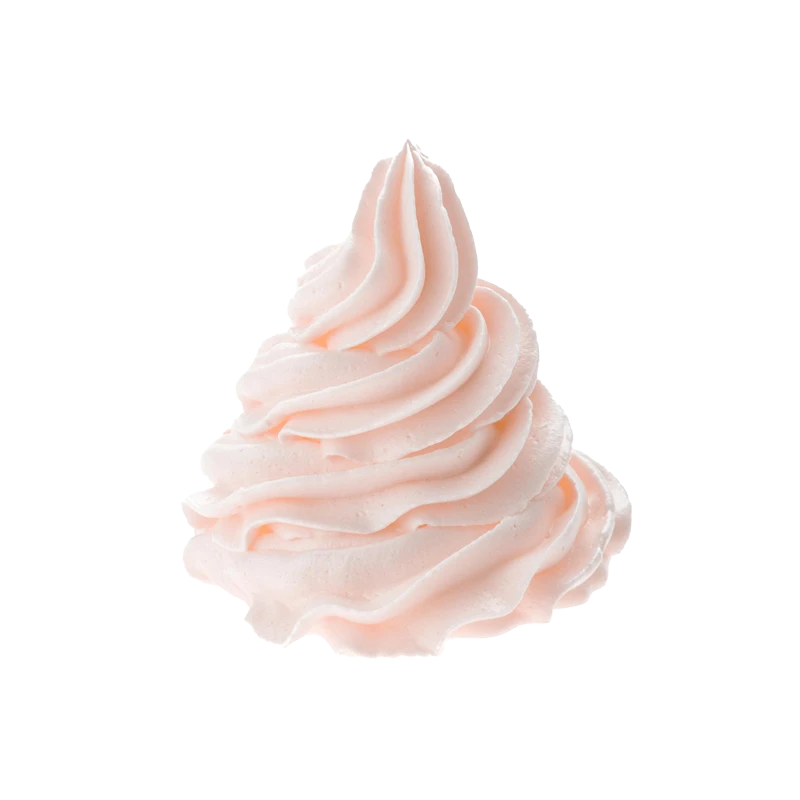Icing — Nutrients, Health Benefits, And Shopping Tips

Written by Listonic Team
Last update on September 4, 2024
Nutrition facts
Nutrition facts
Amount per 100 g
Calories
🔥 389 kcal
| Nutrition per: 100 g | Value | % Daily Value* |
|---|---|---|
| Carbs | 100 g | 36.36% |
| Fiber | 0 g | - |
| Sugars | 100 g | 200% |
| Glycemic Index | 80 | - |
| Protein | 0 g | - |
| Sodium | 3 mg | 0.13% |
| Total Fat | 0 g | - |
*The % of Daily Value (DV) tells you how much a nutrient in a serving of food contributes to a daily diet. 2,000 calories a day is used for general nutrition advice.
Did you know?
Health benefits
- Enhances flavor and appearance of baked goods, making desserts more enjoyable and visually appealing.
- Provides quick energy from sugars, making it a source of immediate fuel.
- Encourages creativity in baking and decorating, allowing for a variety of flavors and designs.
- Can include additional nutrients if made with ingredients like cream cheese, yogurt, or fruit purees.
Health risks
- High sugar content which can contribute to weight gain, tooth decay, and increased risk of diabetes when consumed frequently.
- High fat content particularly in buttercream or cream cheese icings, which can raise cholesterol levels and increase the risk of heart disease.
- High calorie content which can contribute to weight gain if consumed frequently or in large portions, especially when paired with calorie-dense desserts.
- Potential for artificial additives such as colorings or flavorings in some commercial icings, which may cause adverse reactions in sensitive individuals.
How to choose icing
Icing should be smooth and spreadable, with a consistent color that enhances the visual appeal of baked goods. The texture should be firm enough to hold its shape when piped.
Do not use icing that is lumpy or too stiff, as it will be difficult to work with and may tear delicate cakes. Quality icing will have a velvety texture and a sweet, rich flavor that complements a variety of desserts.

How to store icing
Icing should be stored in an airtight container in the refrigerator. Keeping it chilled helps maintain its texture and spreadability. Properly stored, icing is ready for decorating cakes and pastries.
Exposure to heat can cause icing to melt or harden improperly. It’s best to avoid storing it near heat sources or in warm areas. Refrigeration maintains its consistency and prevents it from becoming too runny or too hard.
✅ Extra Tip
How long does it last?
Icing can last for 2-3 days at room temperature when stored in an airtight container. If refrigerated, it can last for 5-7 days. For longer storage, icing can be frozen for up to 3 months.
What to do with leftovers?
Leftover icing can be used in a variety of sweet and creative ways. Spread it on cookies, cupcakes, or brownies to add an extra layer of sweetness, or use it as a filling for sandwich cookies by pairing it with your favorite cookie flavors. Icing is also great when mixed into cake batter or dough, where it can add moisture and flavor to baked goods.
Use icing as a topping for cinnamon rolls, muffins, or scones, adding a sweet finish to your morning treats. If you have a lot of icing, consider making a batch of cake pops by mixing it with crumbled cake and shaping it into balls, then dipping in chocolate or sprinkles. Icing can also be drizzled over fruit, ice cream, or pancakes for a quick and easy dessert, or used as a glaze for donuts or sweet breads. For a fun twist, try coloring the icing and using it for decorating cookies, cakes, or gingerbread houses.
👨⚕️️ Medical disclaimer
Discover products from other categories
Listonic Team
Fact-checked
Our editorial team checked this article to make sure it was accurate at the time of publishing it.
Get the top-rated shopping list app on your phone!







